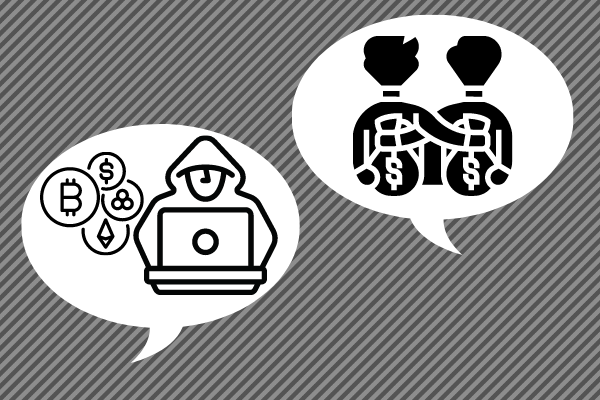
- Markets expecting the economy to continue growing, put long-term yields higher than short-term yields and hence the curve.
- Instead of looking at the 5-year, 10-year and 30-year yield spread, U.S. Federal Reserve Chairman Jerome Powell is eyeing the 3-month and 18-month spread.
For those unfamiliar with the yield curve, it’s the slope that measures the rate of change between short-term and long-term bonds.
Typically, yields tend to increase the further out on the timeline bonds go, to compensate investors for the opportunity cost of putting their money in these safe assets.
Markets expecting the economy to continue growing, put long-term yields higher than short-term yields and hence the curve.
When the yield curve “flattens” it means that investors have a less sanguine outlook for the economy, which is why the need to compensate investors in safe assets isn’t as high because of the dearth of higher yielding opportunities.
And unfortunately for investors, it looks like the U.S. Federal Reserve has its eye on the wrong curve.
Instead of looking at the 5-year, 10-year and 30-year yield spread, U.S. Federal Reserve Chairman Jerome Powell is eyeing the 3-month and 18-month spread.
Yet the 2-year and 10-year Treasury yield spread, which is rapidly shrinking, (i.e. short-dated Treasuries yield almost as much as long-dated Treasuries) seems to point towards growing alarm at a looming economic downturn.
In response to a question at the National Association for Business Economics, Powell noted,
“Frankly, there’s good research by staff in the Federal Reserve system that really says to look at the short – the first 18 months – of the yield curve.”
“That’s really what has 100% of the explanatory power of the yield curve. It make sense. Because if it’s inverted, that means the Fed’s going to cut, which means the economy is weak.”
But yield curves represent expectations, not actuality.
And therein lies the problem.
By looking at a very narrow dataset, 3-month and 18-month yields, the Fed is drawing an entirely skewed perspective when it comes to long-term expectations for the economic picture.
Historically, markets have been able to take on inflation, geopolitical risks and policy tightening in their stride, just not all at once.
In almost all of the cases where inflation, geopolitical tension and policy tightening happened at the same time, the S&P 500 corrected by over 20%, or what many recognize to be a bear market.
And that could be a problem.
Right now the Fed is so focused on fighting the inflation problem, that it’s cherry-picking the data to support its thesis that the economy can take more aggressive rate hikes – but there’s no guarantee that that is the case and so for investors, the risk of a policy error forcing a sharp correction increases with each passing day.



